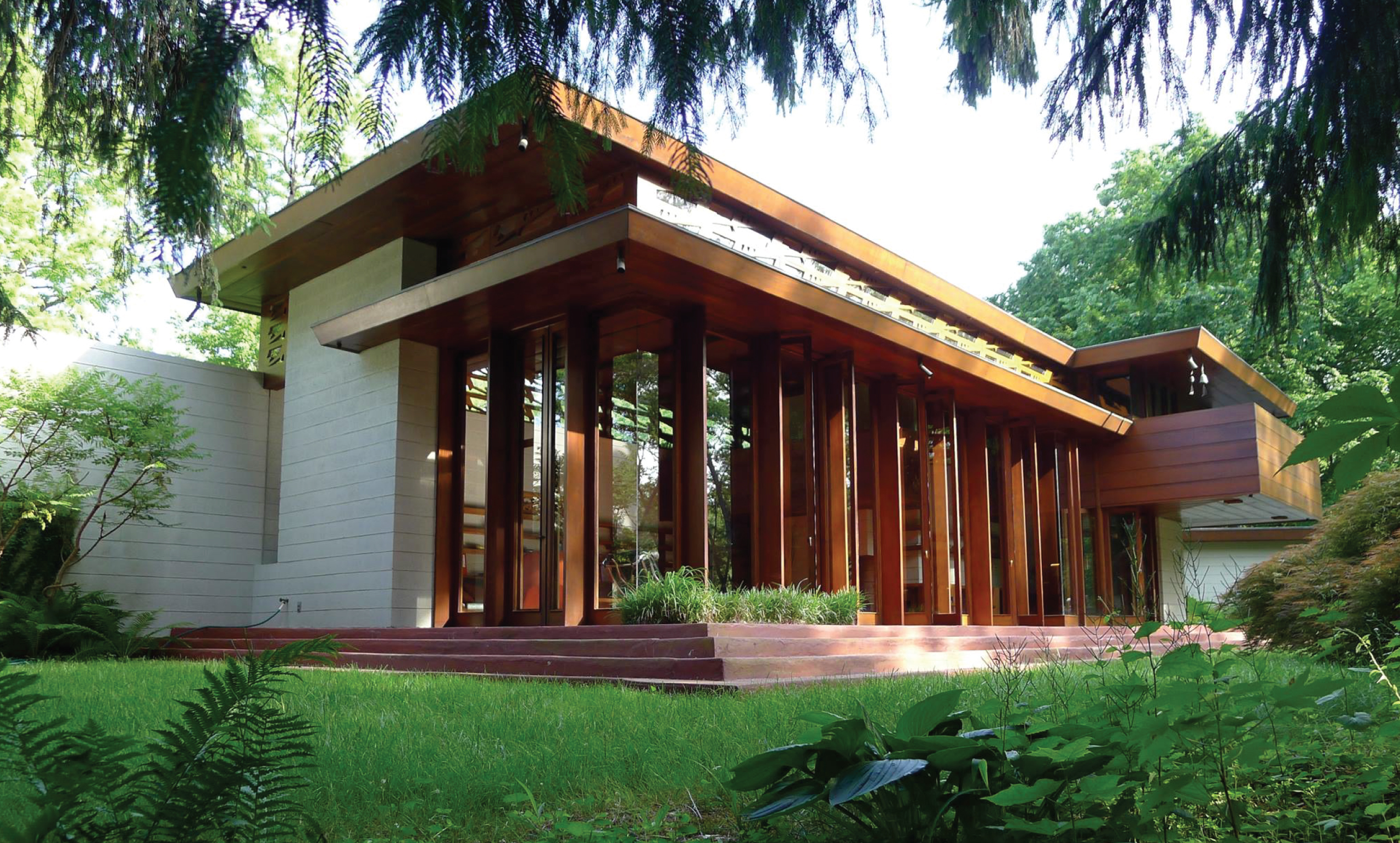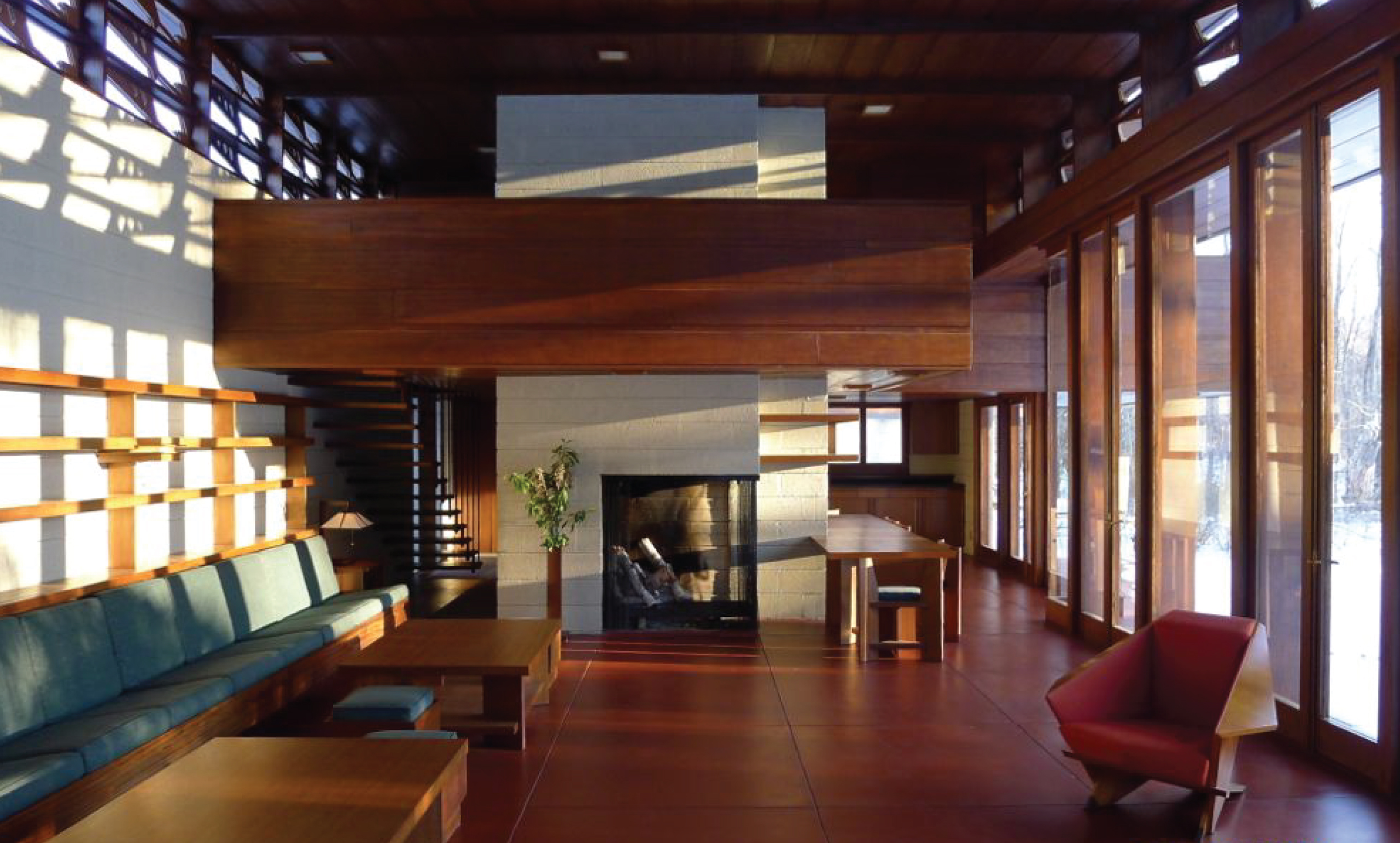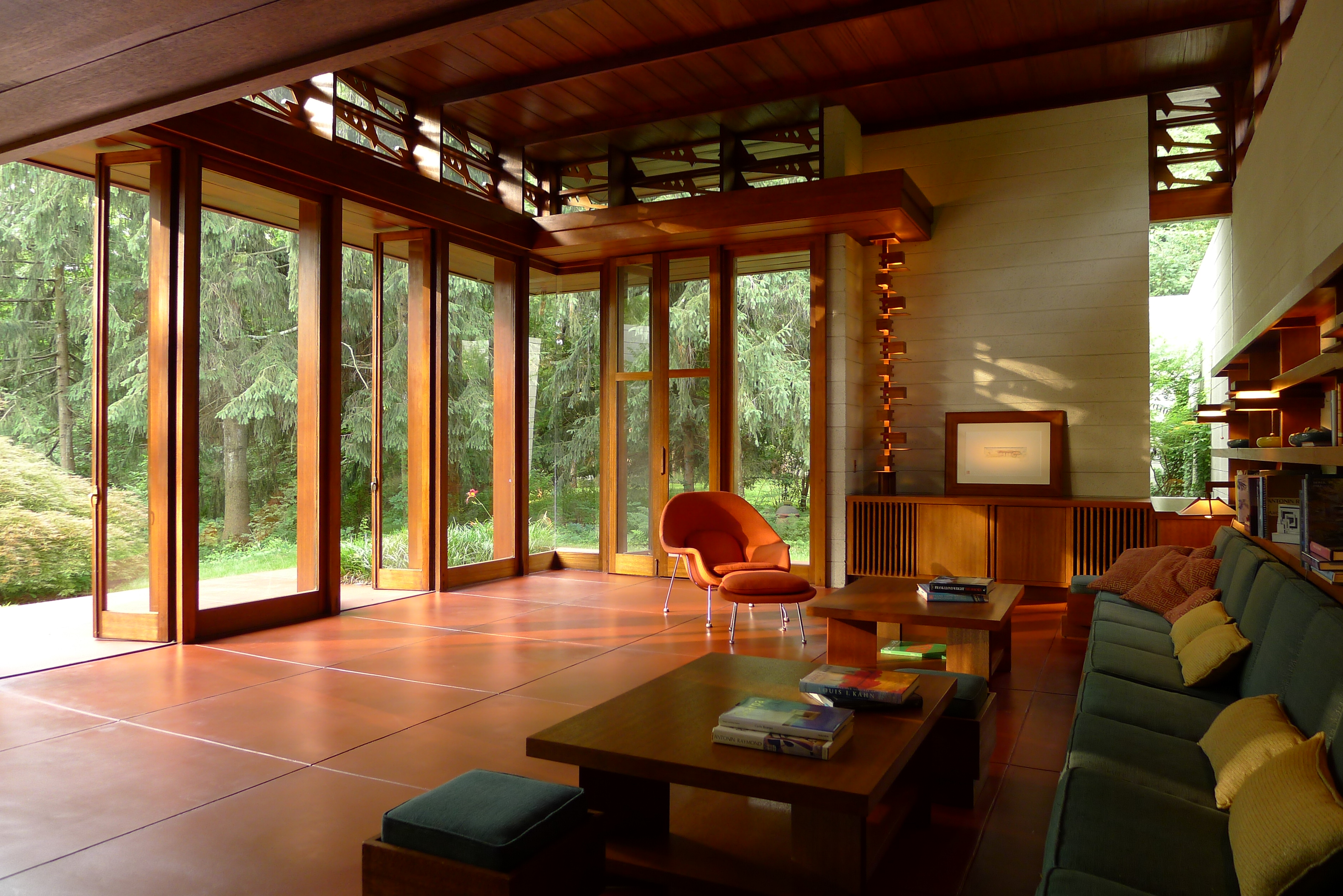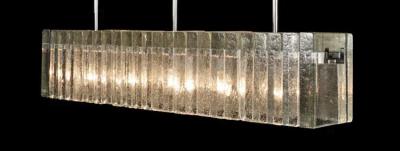Crystal Bridges Museum of American Art to Resurrect Frank Lloyd Wright’s Bachman Wilson House
Back in 2013, the Crystal Bridges Museum of American Art in Bentonville, Arkansas, acquired Frank Lloyd Wright’s Bachman Wilson House from Lawrence and Sharon Tarantino, a husband-and-wife architect-designer team. The only catch was that the house was located in Millstone, New Jersey. Staff at the Crystal Bridges quickly got to work devising a plan to disassemble, transport, and rebuild the house on the museum’s sprawling 120-acre campus. After months of preparation, The Art Newspaper reports that the structure’s first posts are due to be raised this month.
Wright designed the Bachman Wilson House for Abraham Wilson and his wife Gloria Bachman, whose brother, Marvin Bachman, was an apprentice in the Frank Lloyd Wright Taliesin Fellowship, in 1954. Perched on a bank of the Millstone River, the house was subject to repeated flooding over the decades as the river and surrounding landscape continued to encroach on the glass-and-mahogany structure. The Tarantinos, who purchased the two-story house in 1988 and went on to oversee its meticulous restoration, decided that relocation was the best option for the historic structure’s preservation. After a multi-year search for a buyer, Crystal Bridges purchased the home replete with its interior fixtures and furnishings.
The Wilson Bachman House arrived at Crystal Bridges in two shipping containers in April. When selecting the location for the house, museum staff sought out a spot similar to the structure’s plot in New Jersey. They settled on a secluded spot overlooking Crystal Spring, fulfilling Wright’s mission to incorporate nature into his architecture. When the Wilson Bachman House opens in the spring of 2015, it will be available for study as well as for limited programming and tours. Thanks to an ongoing partnership with the University of Kansas, Crystal Bridges is partnering with students at the University’s Fay Jones School of Architecture to design and construct a guest pavilion near the house. The pavilion will serve as an observation point during construction, and later as a center for information regarding this and other architecture projects at Crystal Bridges.
Rod Bigelow, Crystal Bridges’ Executive Director, said, “We’re honored to be able to preserve and share this significant example of American architecture, as Frank Lloyd Wright’s work embodies our own mission of celebrating art and nature. The Usonian concept was intended to provide access to architectural quality for all families, which melds well with our philosophy of welcoming all to view American masterworks in our natural setting.”
Wright, a paragon of modern American architecture, began designing his Usonian homes in 1936. The houses, which erred on the smaller side, were made with middle-income families in mind. The homes were typically flat-roofed dwellings without a garage and little storage space. The abodes usually featured overhangs or carports (a term coined by Wright) to protect parked vehicles. Wright’s Usonian houses were constructed using native materials and featured a strong visual connection between exterior and interior spaces. In total, Wright created around sixty Usonian homes, which served as the predecessor for the ranch-style houses that dominated residential architecture during the 1950s.
































